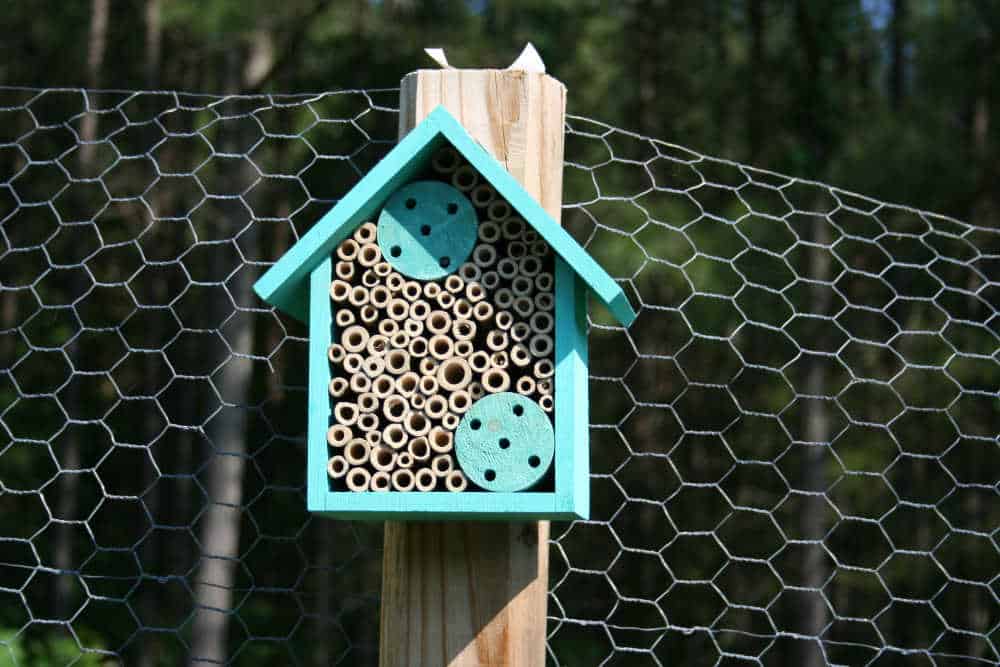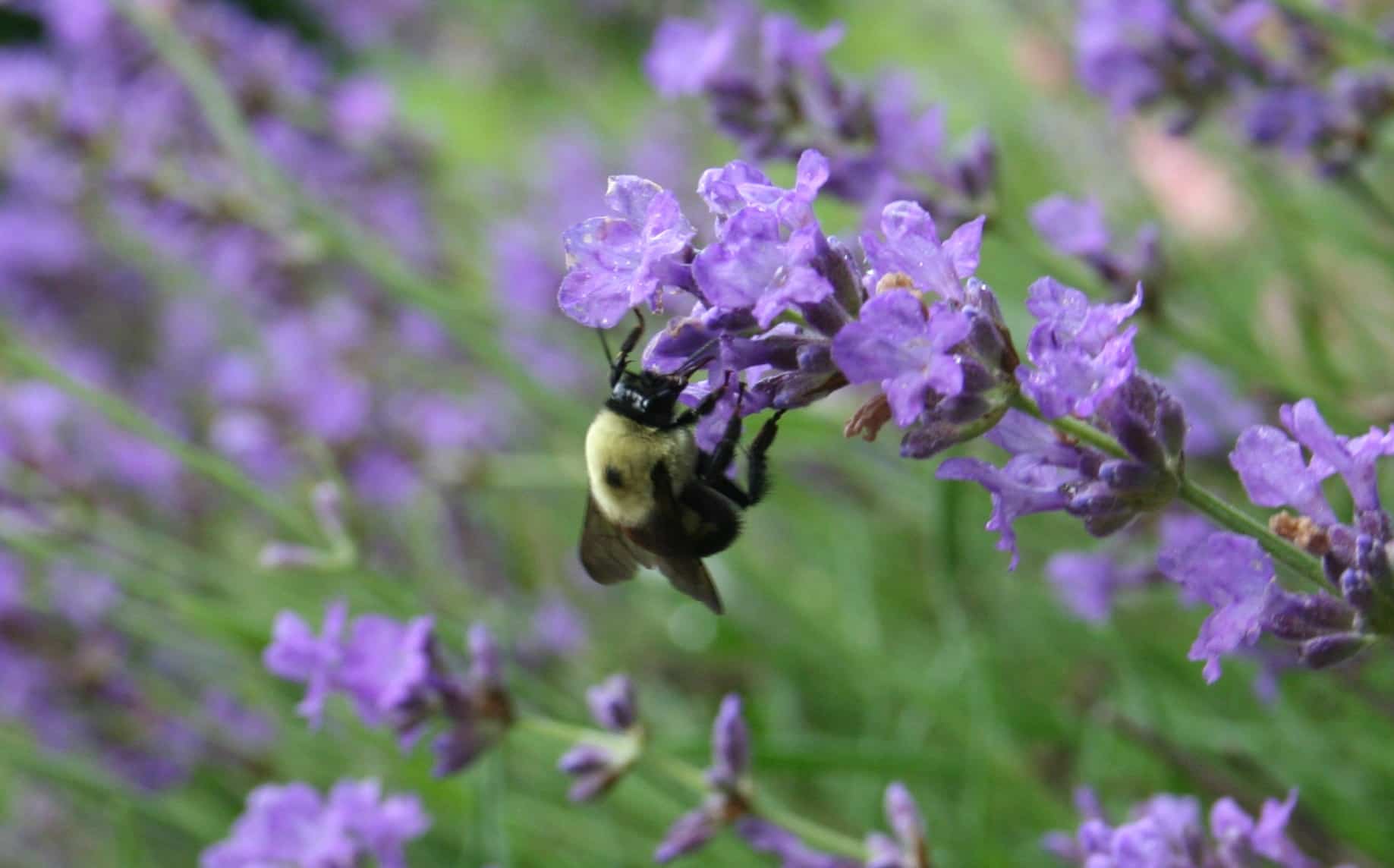Pollinating insects are our friends, the so-called “good” bugs in the garden. Many plants rely upon these creatures to help them reproduce.
Pollinating Insects – What Are They and What Do They Do?
A pollinating insect transfers pollen from the anther of one flower to the stigma of another flower. This results in fertilization, and the plant produces seeds, which contain the genetic material of the parent plants and grow into a new life. Without these insects, many species of trees, shrubs, flowers, and vegetables could not exist, because the insect is needed to move the pollen from one plant to another.
Pollinating Insects Help Plants Reproduce
Nature relies heavily on her minions to continue the reproductive cycles of many, many plants. Yet pollinators rely heavily upon their natural environment for their own health and happiness. Many pollinating insects have very specific requirements for each stage of their lifecycle. They may require a very specific type of habitat for winter protection, another habitat for spring, summer and fall living, and yet another to produce the flowers they require for pollen to make nectar to feed themselves and their offspring.
Balance in the Environment
The delicate balance between pollinating insects and their natural environment has been much in the news lately with notice of honey bee colony collapse, a disease in which many hives of honey bees, one of the best-known pollinators for fruit and nut trees, have died off or collapsed. The results can be disastrous both for the trees relying upon the bees for pollination and for humans and animals who rely on the fruits of such trees for their food.
Protecting Pollinators by Protecting the Environment
By nurturing the environment around you and welcoming various pollinating insects into your yard and garden, you can help the specific species that live in your neighborhood survive and thrive. And when pollinating insects survive and thrive, so too does your garden, producing bountiful food crops to feed your family. Here are the facts about pollinating insects and what you can do to protect the ones in your local community.
Types of Pollinating Insects
Most people know that bees are pollinating insects, but did you know that flies, moths, and butterflies can also act as pollinators?
Others include:
- Bees, such as honey bees, sweat bees, miner bees, Mason bees and many other types of bees
- Wasps
- Moths
- Butterflies
- Flies
- Beetles
Other Pollinators
Other pollinators include birds, reptiles and mammals. Bats, hummingbirds and other bird species, lizards and even people can act as pollinators. Gardeners have been pollinating plants manually for centuries.
The famous geneticist, Gregor Mendel, experimented with peas, selecting pea plants with specific traits and hand-pollinating the plants to ensure the genetic results would be what he desired in his experiment. Hybridization of plants produces new and beautiful varieties or varieties with characteristics beneficial to humans, such as plants that produce larger, tastier fruit, tomatoes that ship easily over a long distance, or even fruits and vegetables with higher nutrient contents.
Are You Helping or Hurting the Pollinating Insects?
There are certain things that help and certain things that hurt pollinating insects. As previously mentioned, many pollinating insects have very specific requirements for breeding, nesting, and feeding. Planting a butterfly garden or planting native plants (those that developed within your own portion of the world or are native to your state or county) are the best ways to encourage and nurture pollinating insects. Native plants tend to produce what the local pollinating insect population requires since both developed together over the course of centuries. Replacing hybrid plants with open-pollinated natives encourages the natural activities of pollinating insects.
Leave Clover in the Yard
I’ve written before about the benefits of allowing clover to grow and bloom in your lawn. It really is a good gardening practice, especially if you want to protect bees, moths, and butterflies.
Leave some grass growing long in your yard, and let clover bloom; both are beneficial to pollinating insects. In fact, allowing a small portion of your yard to go “natural” without any type of weeding or maintenance is beneficial to many pollinating insects.
Fallen logs and trees provide shelter for many bee species, bats, and other pollinators, and leaving a few on your property may be beneficial, as long as they aren’t creating a nuisance or a danger to anyone.
Plant a Butterfly Garden
Planting a butterfly garden encourages pollinating insects. Flowers that attract butterflies also tend to attract bees. These include annuals such as petunias, morning glories, lantana, and marigolds, as well as perennials and shrubs such as Buddleia (butterfly bush), butterfly weed, monarda, salvia, nepeta, and many others.
What can harm them? Any insecticides used to kill bugs in the garden can also kill pollinators. It is best to avoid using insecticides, but if you must, choose organic ones or read the label on non-organic products and follow the label directions exactly. Many insecticides warn users not to spray them during midday hours; that’s when pollinating insects are most active and may encounter the poisonous sprays. Each product has a lengthy label, which consumers should read and follow carefully to keep themselves and their local environment healthy.

Herbicides Kill Insects Indiscriminately
Herbicides (weed killers) may also poison good bugs like pollinators. As with insecticides, read and follow all label directions carefully.
Pollinating insects are some of the most beneficial insects in the world. Without them, we would not have the abundance of fruits and vegetables we enjoy today, nor would we have the diversity of flowers we enjoy. Choose natural, organic gardening methods whenever possible, grow native plants, and allow your garden to flourish naturally to encourage the health and well being of pollinating insects. Your garden will thank you for it.





